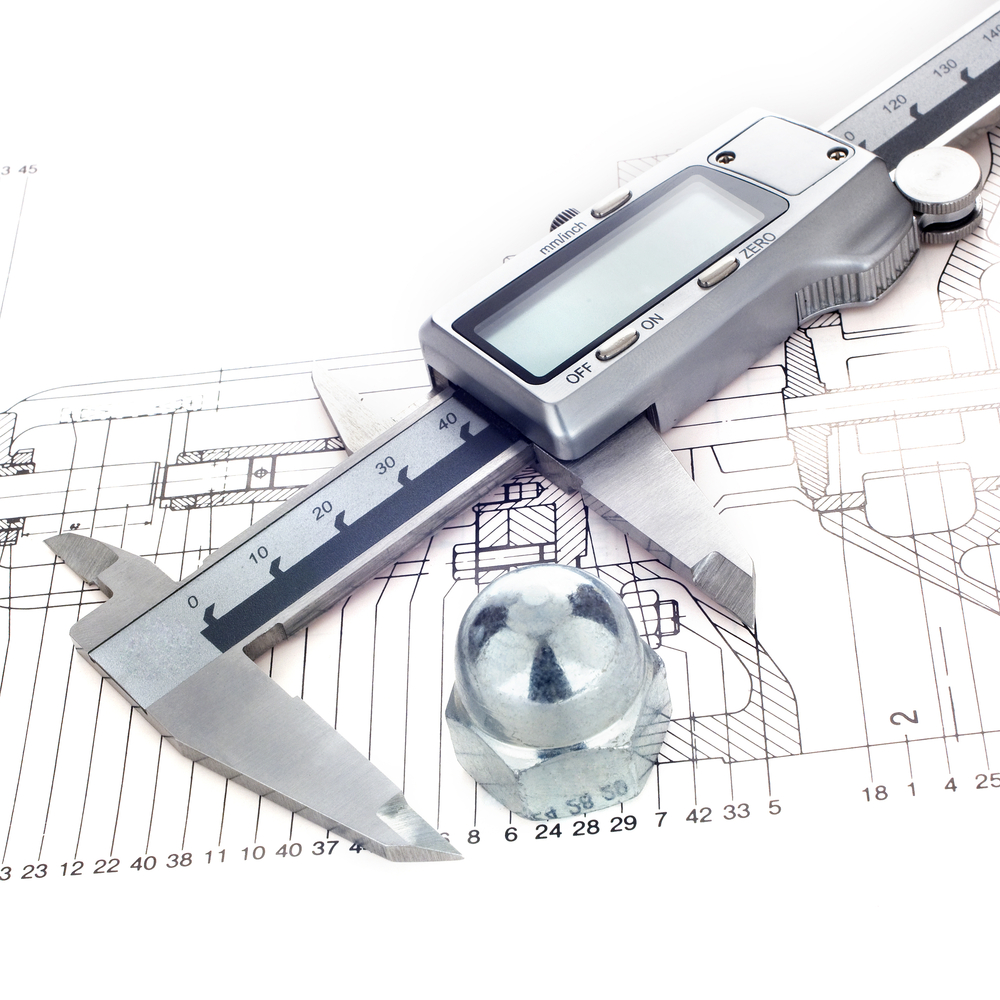In today’s fast-paced world, accurate measurements are crucial for various industries and applications. Fortunately, technological advancements have revolutionized how we measure objects and distances. From coordinate measuring machines (CMMs) to digital tools, technology has made measurement tasks more efficient and accurate than ever before.
1. Harness the Power of Coordinate Measuring Machines (CMMs)
These machines utilize a combination of hardware and software to capture and analyze data, making them indispensable in various industries such as aerospace, automotive, and manufacturing. When using a coordinate measuring machine, keep the following tips in mind:
a) Utilize Advanced Software Capabilities: Familiarize yourself with the software’s features, such as CAD integration, statistical analysis, and automated reporting, to maximize the capabilities of your CMM.
b) Optimize Probe Selection: Coordinate measuring machines come with different types of probes, each suited for specific measurement tasks. Choose the appropriate search for your application to achieve optimal results. Factors such as surface finish, material, and accessibility should be considered when selecting a probe.
2. Embrace Laser Scanners for Quick and Accurate Measurements
Laser scanners capture surface geometry by projecting a laser beam onto the object and measuring the reflected light. Consider the following tips when utilizing laser scanners:
a) Understand Scanner Settings: Familiarize yourself with the settings and parameters of your laser scanner. Factors like scanning resolution, scan speed, and measurement range can significantly impact the quality and accuracy of the acquired data.
b) Account for Surface Characteristics: Reflective or transparent materials may require additional techniques or coatings to obtain accurate measurements. Take time to understand the challenges associated with specific surfaces and adapt your scanning methodology accordingly.
3. Explore Mobile Apps for Everyday Measurements
Whether it’s measuring dimensions, angles, or distances, numerous apps utilize the device’s built-in sensors to provide accurate measurements. Consider these tips for using measurement apps:
a) Choose Reliable Apps: With many measurement apps on the market, choosing reliable ones with positive user reviews and a track record of accurate measurements is essential. Look for apps that offer calibration options or allow for manual adjustment to enhance precision.
b) Familiarize Yourself with App Limitations: While measurement apps can be convenient, they have limitations. Sensor accuracy, environmental conditions, and device variations can affect measurement accuracy. Understand these limitations and use the app for quick estimates rather than critical measurements.
4. Leverage Internet of Things (IoT) Sensors for Smart Measurements
IoT sensors can monitor environmental conditions, track movement, and measure various parameters. Consider these tips for using IoT sensors for measurements:
a) Select the Right Sensor: IoT sensors come in various forms, including temperature, humidity, pressure, and motion sensors. Identify the parameters to measure and choose the appropriate sensor for your application. Ensure compatibility with your data collection and analysis systems.
b) Data Security and Privacy: When utilizing IoT sensors, prioritize data security and privacy. Implement proper encryption protocols, authentication mechanisms, and access controls to safeguard sensitive measurements from unauthorized access or manipulation.
Incorporating technology into measurement processes offers numerous accuracy, efficiency, and automation benefits. Whether it’s utilizing coordinate measuring machines for complex geometries or mobile apps for standard measurements, these tips will help you harness the power of technology to achieve precise results. Explore various measurement tools and solutions, and elevate your measurement capabilities.

